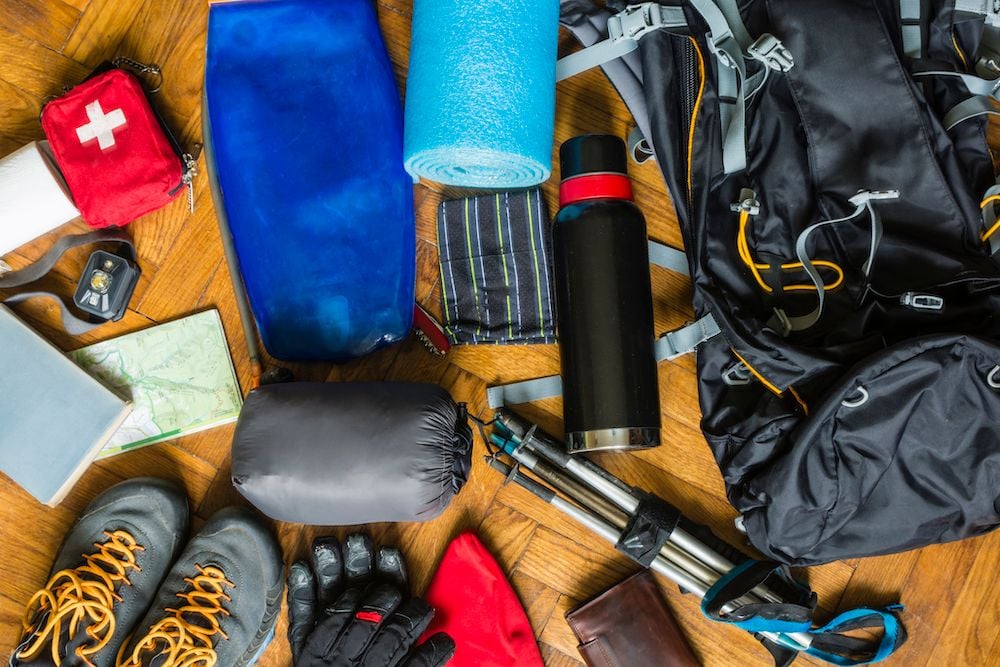The way you pack a rucksack or backpack is something of an art form. We say that because it's so easy to get wrong. Painting? Oh you just put paint on a canvas. Next stop the Tate Modern. Writing? Oh that’s just some words on paper. You’ll be a bestselling novelist in no time. Packing a rucksack? Well you just throw all your stuff into the bag, don’t you. Job done.
Consider this your masterclass in the ancient art of packing a rucksack (or backpack if you prefer). By the end of this, you’ll know more about packing a rucksack than most people on the planet care to know. You will be able to impress your friends with your supreme knowledge about how to efficiently and effectively pack a rucksack. But, best of all, you'll have that smug feeling of satisfaction, knowing you've packed more in and it’s the most comfortable you can make. And it's still lighter and more comfortable than your mates'. This is how to pack a rucksack.
How to Pack a Rucksack: Considerations
Alright then, you asked for it. We’re going to take a far-more-detailed-than-you-ever-wanted look into how to pack a rucksack. It’s actually not that complicated once you get the basics, so here are the three main things you should be thinking about.
We assume at this point that you know what to put in your adventure bag. If not you might want to have a look at a wild camping kit list or an equivalent one for your adventure of choice.
Weight Distribution across your Backpack
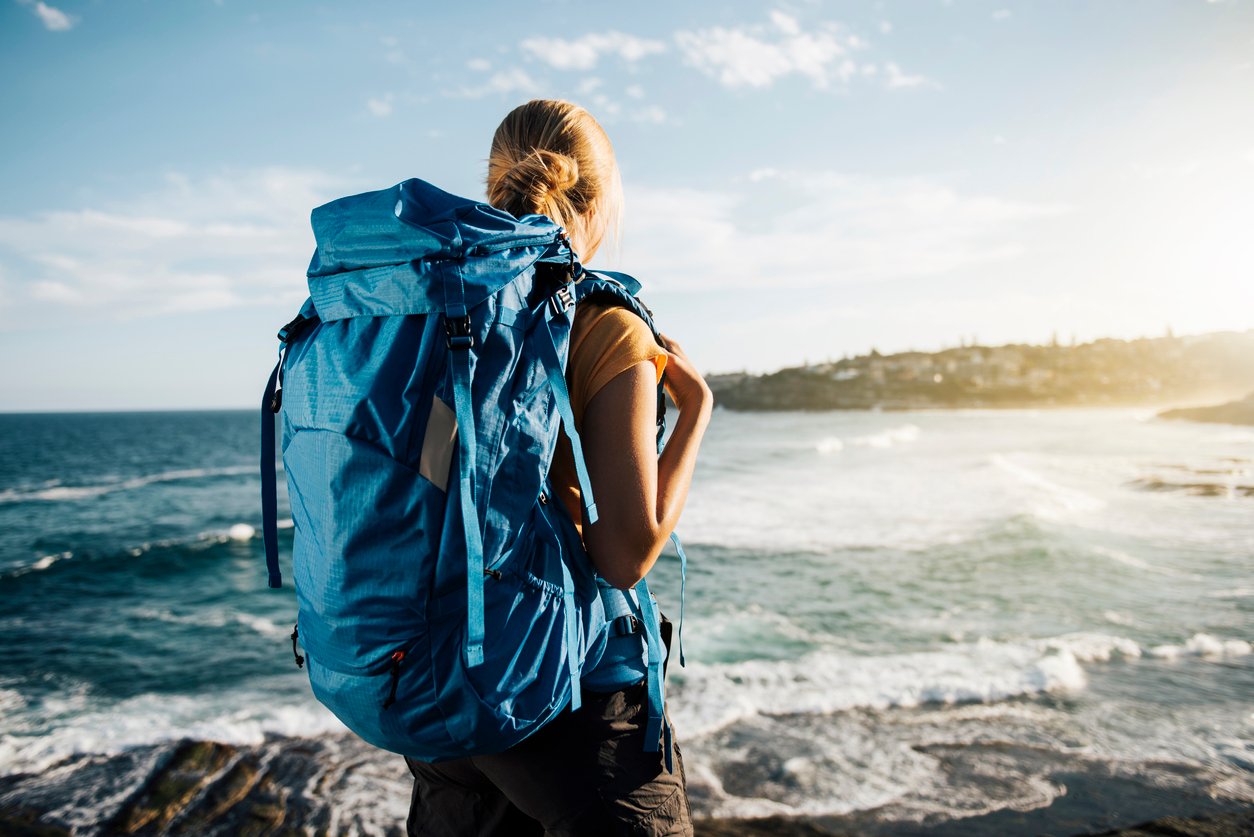
So, you’ve got all your stuff in a nice neat pile (read: strewn all over the floor). What do you put in the bag first? It’s tempting to reach for the biggest, heaviest item and stick that in first. At least you know it’ll fit. Then you might keep adding progressively smaller and lighter items until, victorious, you place your spork and toothbrush on top. Lovely.
This method might be fine if you’re not travelling far. You know, just hauling your life from your house to a car, or from bus to train to house. But we know you lot are an active bunch. Chances are you’re going to be carrying that bag on your back for several hours, if not days.

Instead, try to pack your rucksack so that the main weight of the rucksack is in the middle-to-bottom of the bag and as close to your back as possible. When you’re wearing the rucksack, that is. The trouble with having the weight at the bottom of the bag is that it’ll feel like the rucksack is pulling away from you, particularly if you’re walking uphill. You’ll feel a lot of pressure on your shoulders and you might even feel like someone’s pulling you backwards – if your bag’s heavy enough. Imagine tugging on the bottom of a friend’s backpack to simulate this effect.
Ideally, you want the bag’s centre of gravity to be middling. Too high and you’ll be off balance (again, particularly with a 60 litre monster of a rucksack) – lean too far forwards and you’ll topple over! Goldilocks says that keeping the centre of gravity not too high, but not too low, is just right.
Ease of Access when Packing a Rucksack
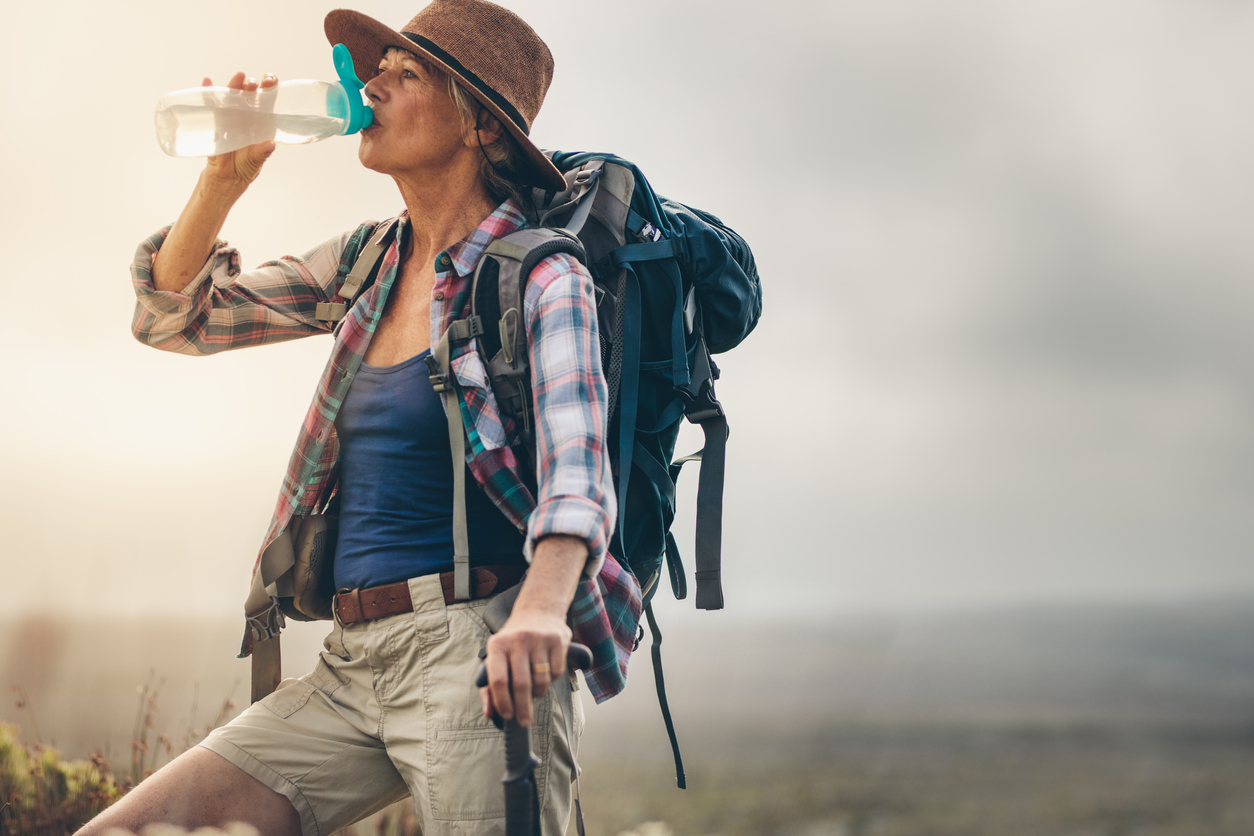
Unfortunately for Goldilocks, most things in the world can’t be split into three categories, with the winner in the middle. Although weight is an important factor, it needs to be balanced against practical considerations. Practical considerations include: how easy will it be for me to get at the thing of medium weight I need during the day? Goldilocks really needs to learn how to chill out and compromise.
You don’t want to be that person who has to empty out the entire contents of their rucksack onto the floor as soon as it starts raining to find their waterproof trousers. Nor do you want to be that person who arrives into camp as the sun is setting, to realise you’ve got no idea where you put your head torch. Oops.

Luckily manufacturers have been thinking about how to pack a rucksack for years. There’s probably someone who literally has that in their job description. So, instead of just one huge compartment, most rucksacks have small pockets in the lid and on the sides. Occasionally you might find pockets in the waist straps too. You should have lots of opportunity to balance out weight vs accessibility of stuff – so there is no excuse to have that metal mug strapped to the outside of your bag! Take it off and save your hiking companions from feeling like they’re walking with a Swiss mountain cow.
Become a Packing Pro: Tips and Tricks
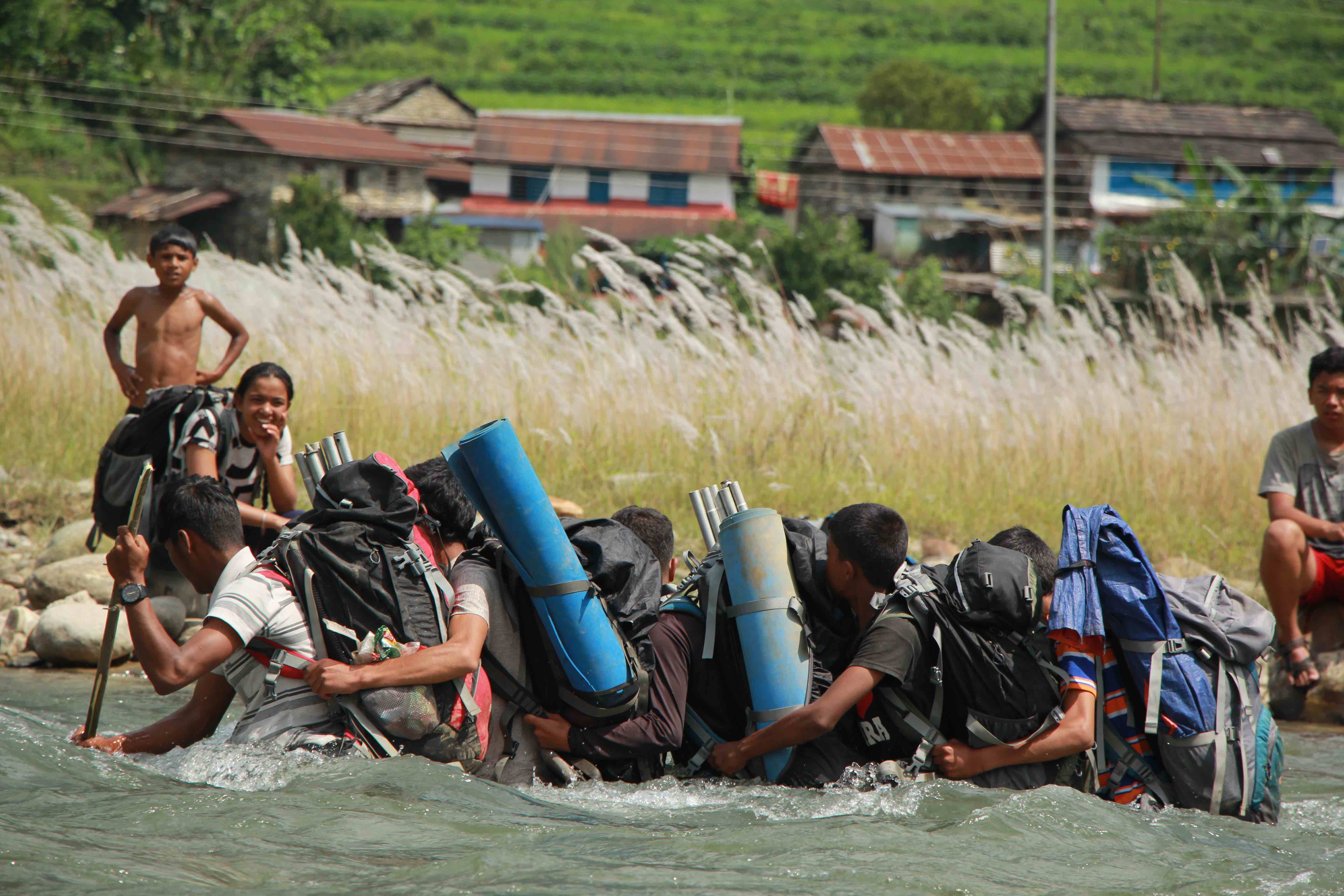
Then there are the little things that make all the difference. They don’t really deserve a section in their own right each, but these tiny tips will help you level up into a rucksack packing pro. Here are our top tips and secrets of the ancient art:
- Most rucksacks aren’t waterproof, even the expedition ones. The easiest way to keep your stuff dry is to get one huge drybag and essentially line the inside of your rucksack with it. Alternatively, a rubble sack (not a bin bag) is much cheaper and will do just as well – plus is easier to fix with duct tape if you get a hole.
- Use clothes and soft items to fill the gaps between stiffer, bigger things. This stops your bag from looking lumpy and saves you space overall.
- On space saving, if you do decide to use several small drybags don’t forget to squeeze as much air out as you can before doing them up.
- If you’ve done everything right, your rucksack should be able to stand up of its own accord without falling over. This applies more for big expedition rucksacks, but is a great test of balance.
Okay, now we’re ready to tackle some examples. We’ll look at the two main reasons we reckon you might be trying to pack a rucksack: day hikes and camping. Of course, that’s basically just little bag and big bag, so it all still applies if you’re not doing either of those things!
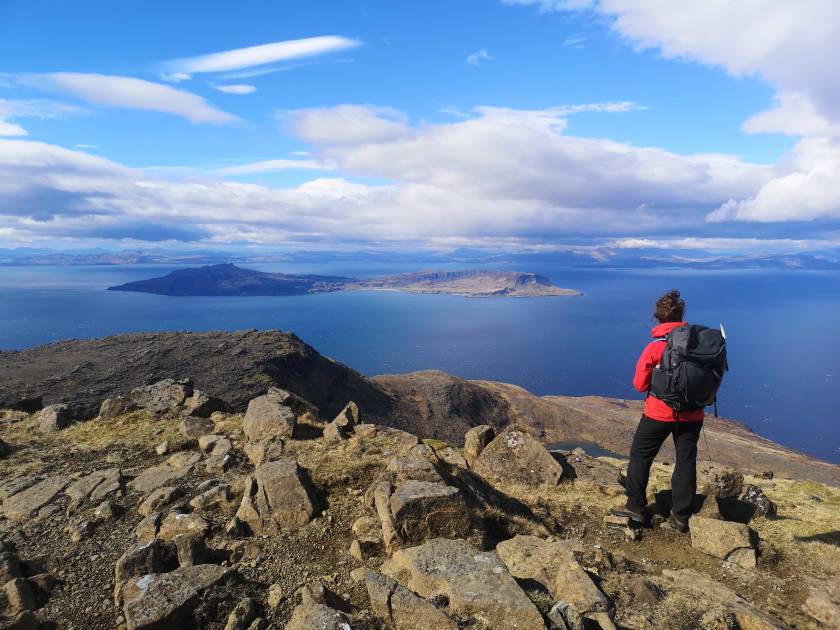
How to Pack a Rucksack for Hiking (1 Day)
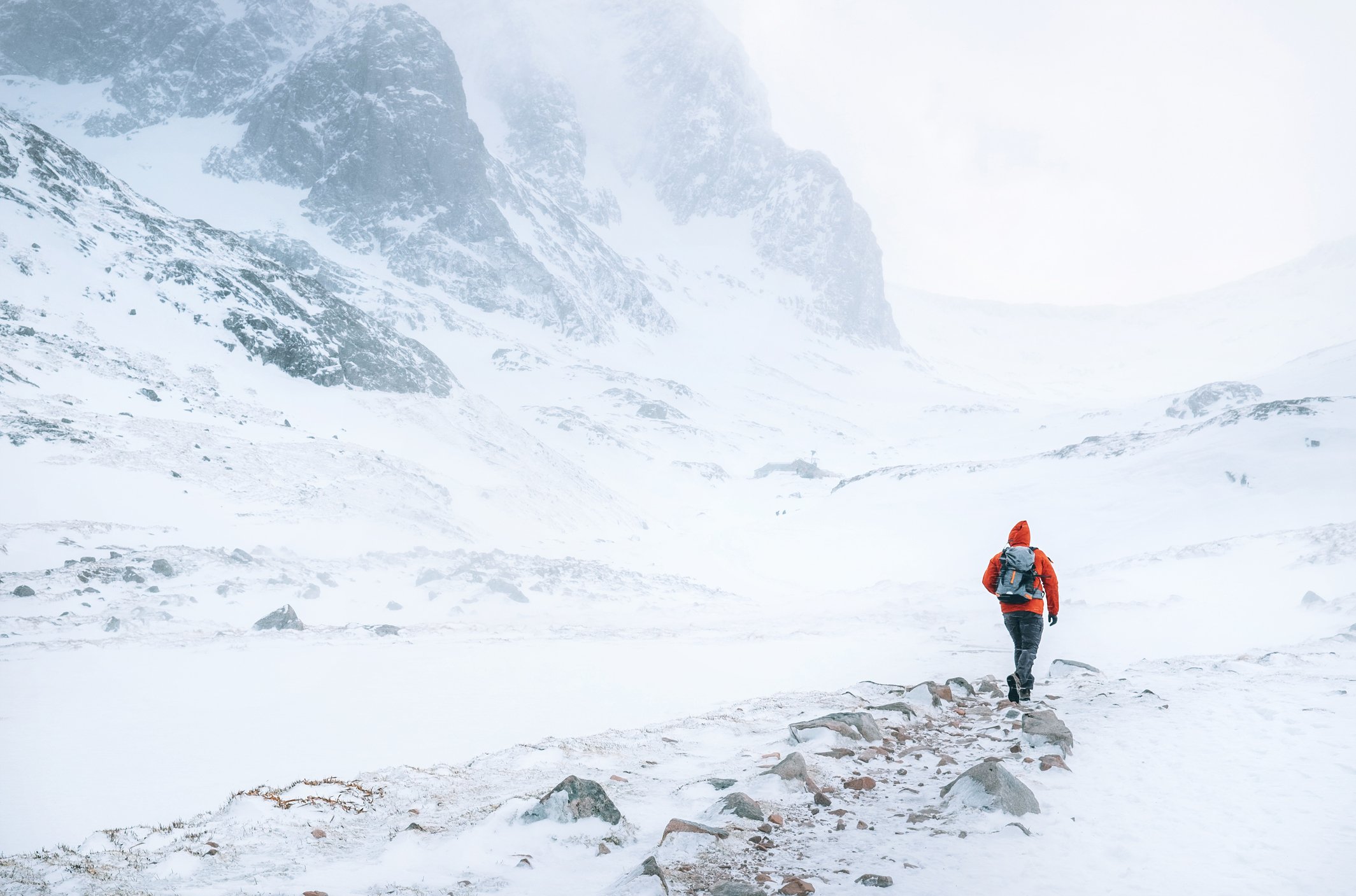
You and your best mate have decided to go for a hike this weekend. There’s other boring adult stuff you need to do, like grocery shopping and rearranging your laundry, so you can only go for a day. Still, a little adventure is always better than no adventure. The night before, you find your rucksack (it’s probably about 30 litres) and make a pile of all the stuff you want to take with you on the floor. You fill up your water bottle and maybe even make your sandwiches.
Packing a rucksack for hiking is easy, with a little thought. The best thing to do first is separate what you’ll actually be wearing when you leave the house from what you need to put in a rucksack. There is no point packing your socks to discover you need them on your feet. Now, try to decide what you’ll need least easy access to and is quite heavy. For a small day-hike bag, the weight distribution is less important than on an expedition. You should be more concerned about whether you have to rummage around to find your waterproof trousers.

Typically, you would put any emergency shelter, spare clothes (that you have no intention of wearing) and emergency food (that you have no intention of eating) at the bottom. Then you might add spare layers you actually plan on wearing, plus your waterproofs on top. How likely it is to rain will affect where you put your waterproofs – no point in having them at the top in high summer! If you have a water bladder, put that down the back of the rucksack, otherwise put your bottle in a side pocket for easy access. Then add food, snacks and hats/gloves/compass/map in the top or side pockets – basically anything you’re going to need to get to quickly.
And voila! You're ready for some backpack adventures. Anything else you’re bringing can fit somewhere between “never intend to use” and “probably will need these” on the accessibility scale. To be honest, you’ll quickly find out what works for you and what needs a bit of tweaking. This is the start. The more hikes you do, the more you’ll optimise the perfect location for your snack bar or your flask of tea. Before long, you’ll look like a pro.
How to Pack a Rucksack for Wild Camping
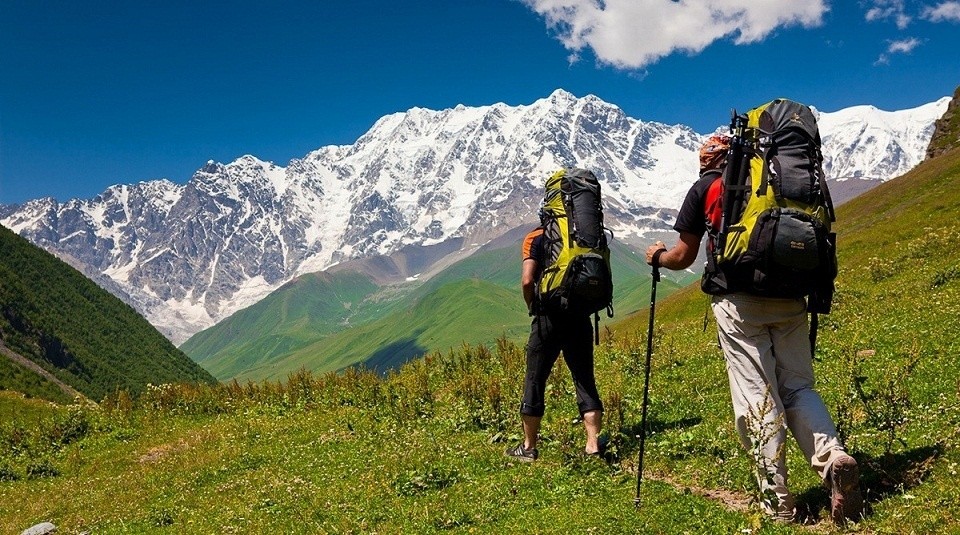
After the success of your day hike, you and your adventurous mate decide to do a hike with an overnight camp. If you’re in the UK, you probably want to check out this article first to if you’re thinking of camping wild: Can You Go Wild Camping in the UK? Despite the hype about wild camping, there are plenty of campsites that are just as wild (tiny boggy fields in Wales, we’re looking at you). Plus at least you know there’ll be somewhere to pitch your tent when you arrive.
Anyway, wherever you decide to sleep, you need to pack your rucksack to include everything for two days’ walking and camping. So alongside everything else, you’ve also got a sleeping bag, tent, sleeping mat and stove – plus a whole lot more food. You’ll probably have a rucksack that’s around 60 litres and a very big pile of stuff. Right then, here's how to pack a backpack for wild camping.
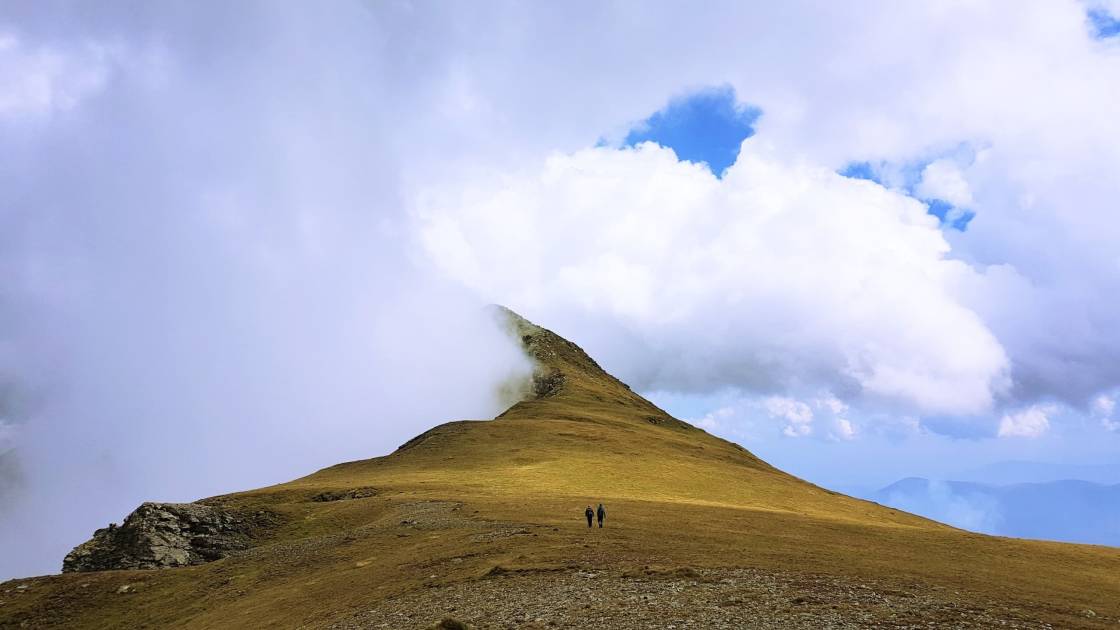
Again, the best place to start is separate out the clothes you’ll be wearing on the day and fill up any water bottles or sandwich bags. That makes the pile a bit smaller. Next, take your large waterproof liner or dry bag and put it into your bag. If you’ve got a water bladder, put that down the back of the rucksack between the back and the liner (just in case it pops). Since your big rucksack is likely to have waist strap pockets, you can start stuffing snacks into them too.
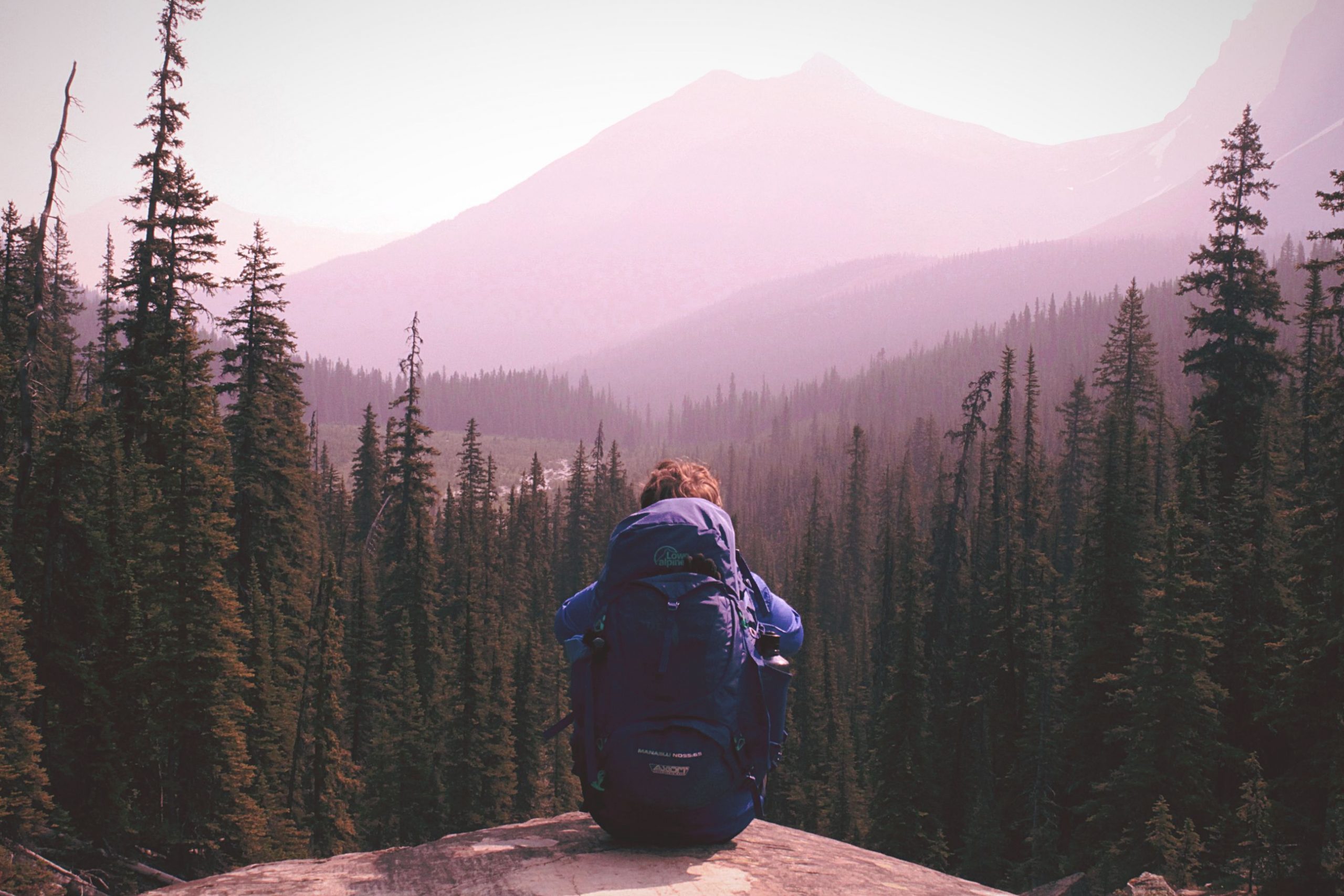
Now, some big rucksacks have zips at the bottom and an opening at the top. This means you can play around with where things go (for example, you can put waterproof trousers at the bottom, outside of the main drybag, for easy access without getting other kit wet and muddy). Like we said before, you’ll end up playing around with how you configure you rucksack the more you do it. But a standard way to start would be putting your tent and sleeping bag at the bottom. Then you might add an inflatable sleeping mat, camping stove and fuel. After this, you might add spare clothes and waterproofs on top.
Food is best stored in side pouches and the top pocket on your rucksack. Some rucksacks will have an inside pocket on the lid and an outside one. The inner is great for keeping camping things like cutlery and ration packs, as well as valuables you want to say safe and dry. The outer is good for torches, gloves, hats, maps and compasses – all things you’re likely to want to get without the faff of taking your bag off. Oh, and more food.

With your rucksack packed, you can take the final balance test. You should be able to stand you bag up on its own. It might take a bit of wriggling – and it certainly helps if you’ve strapped a roll mat to the outside for stability (read: cheating) – but it should stand. If it keeps toppling over really easily, then you’ve probably got a lot of weight on one side and that’ll give you a sore shoulder. It might be worth a re-pack.
Want to test your new Jedi packing skills? Well you’d better go and book yourself onto one of our adventure holidays to prove it.


